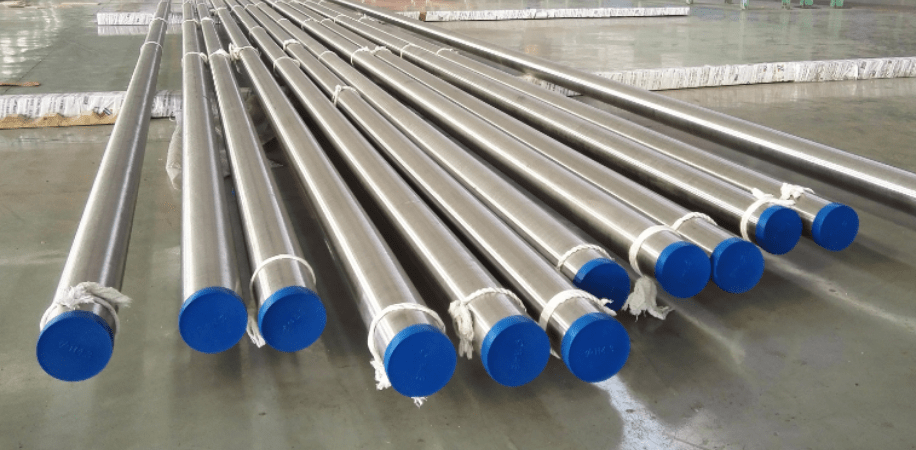In the realm of metals and alloys, Inconel 600 vs Stainless Steel 316 occupies significant positions, each with its unique properties and applications. In this article, we aim to provide a detailed and authoritative comparison between the Inconel 600 & Stainless Steel 316, focusing on their composition, properties, and uses.

Inconel 600 vs Stainless Steel 316 – What’s the Difference?
Let’s start with Inconel 600. This nickel-chromium alloy is renowned for its excellent corrosion resistance and high-temperature stability. The key components of Inconel 600 are nickel, chromium, and iron, with nickel being the major constituent, typically accounting for over 50% of the alloy’s composition. This high nickel content contributes to its excellent resistance to oxidation and corrosion, even in extreme environments. Additionally, Inconel 600 maintains its mechanical properties over a wide range of temperatures, making it suitable for high-temperature applications.
On the other hand, Stainless Steel 316 is a chromium-nickel-molybdenum alloy that belongs to the austenitic family of stainless steels. The molybdenum addition enhances its corrosion resistance, particularly against chloride-containing environments. Stainless Steel 316 is widely used in marine applications, chemical processing, and other corrosive environments due to its excellent corrosion resistance. However, compared to Inconel 600, Stainless Steel 316 has a lower operating temperature range and may not perform as well in extremely high-temperature settings.
Inconel 600 vs Stainless Steel 316 – Mechanical Properties
When it comes to mechanical properties, both alloys exhibit high strength and ductility. However, Inconel 600 tends to have superior creep resistance and tensile strength at elevated temperatures, making it the preferred choice for applications involving prolonged exposure to high temperatures. On the contrary, Stainless Steel 316, while strong and ductile, may not maintain its mechanical properties as well under such conditions.
Inconel 600 vs Stainless Steel 316 – Welding Characteristics
Furthermore, the welding characteristics of these alloys also differ. Inconel 600 is relatively easy to weld and can be joined using a variety of welding methods. However, special considerations need to be taken to avoid the formation of cracks and other welding defects. On the other hand, Stainless Steel 316 can also be welded using standard techniques, but it is less susceptible to welding-related issues.
Inconel 600 vs Stainless Steel 316 – Cost
Cost is another factor that sets these alloys apart. Inconel 600 is generally more expensive than Stainless Steel 316 due to its specialized composition and the complex manufacturing process required to produce it. This cost reflects the alloy’s unique properties and its suitability for demanding applications.
Summary
In summary, Inconel 600 vs Stainless Steel 316 are both excellent alloys with unique properties and applications. Inconel 600 excels in high-temperature environments and offers superior corrosion resistance, making it suitable for demanding industrial applications. Stainless Steel 316, on the other hand, is a cost-effective choice for applications requiring good corrosion resistance in a wide range of environments.
Thank you for reading our article and we hope it can help you to have a better understanding of the differences between the Inconel 600 & Stainless Steel 316. If you are looking for Inconel 600 Alloy suppliers online now, we would advise you to contact Huaxiao Alloy.
As a leading supplier of Inconel Alloys from Shanghai China, Huaxiao Alloy offers customers high-quality Inconel Alloy products such as Inconel 600, Inconel 825, Inconel 601, and Inconel 718 at a very competitive price.



